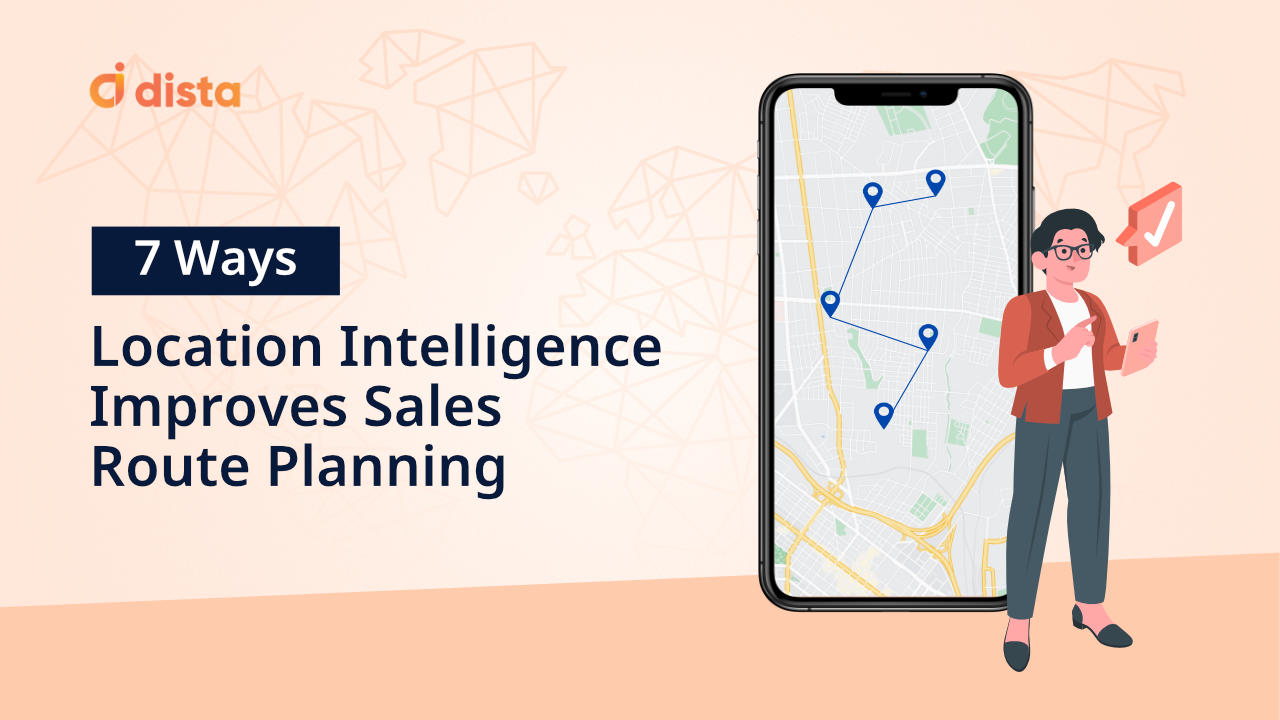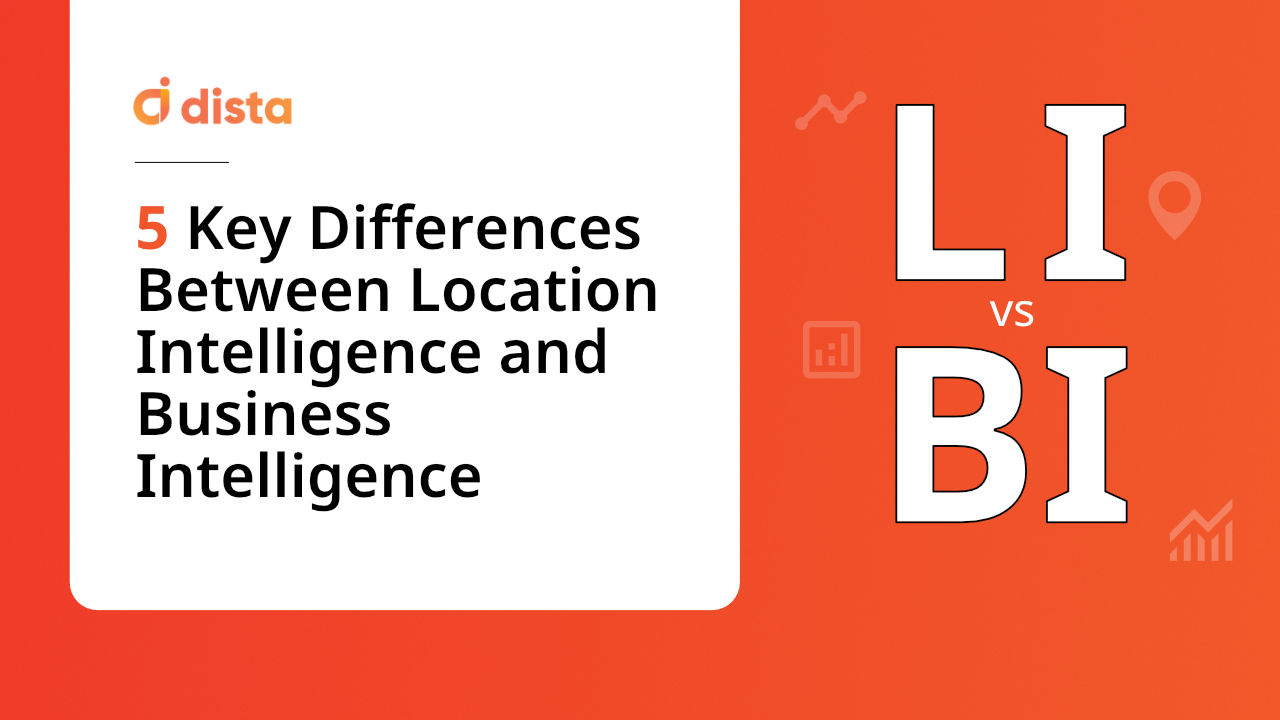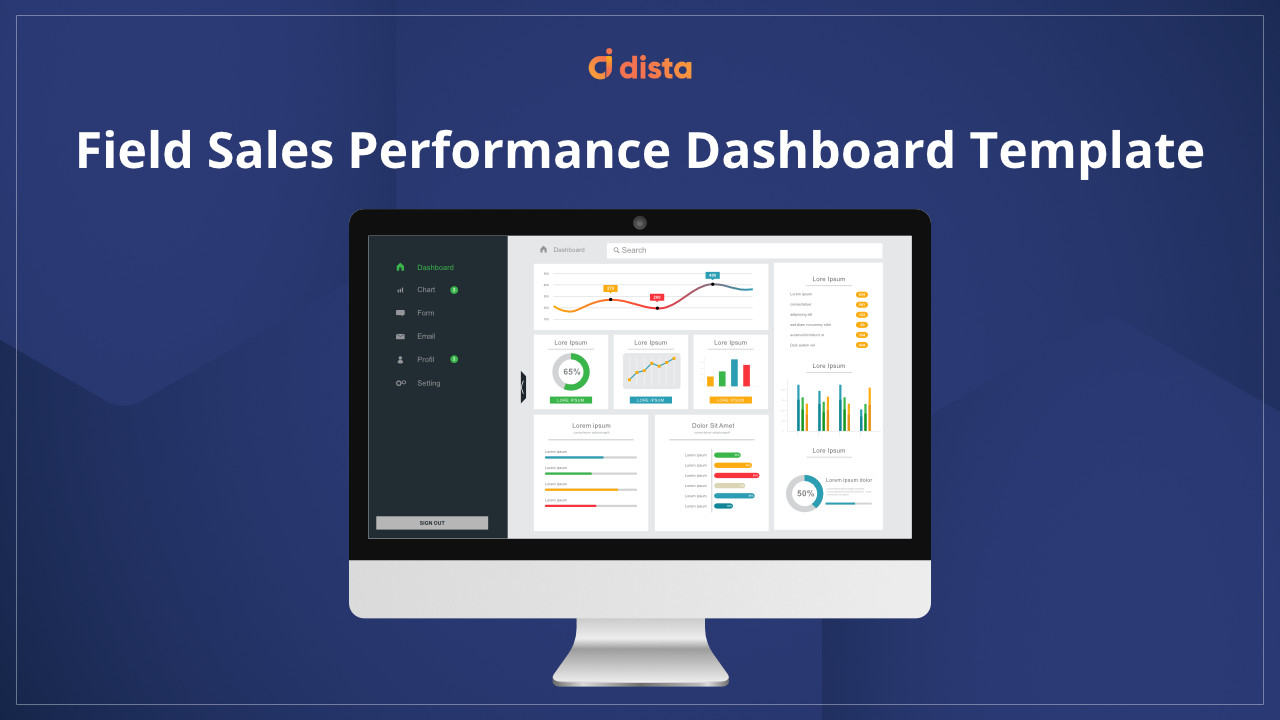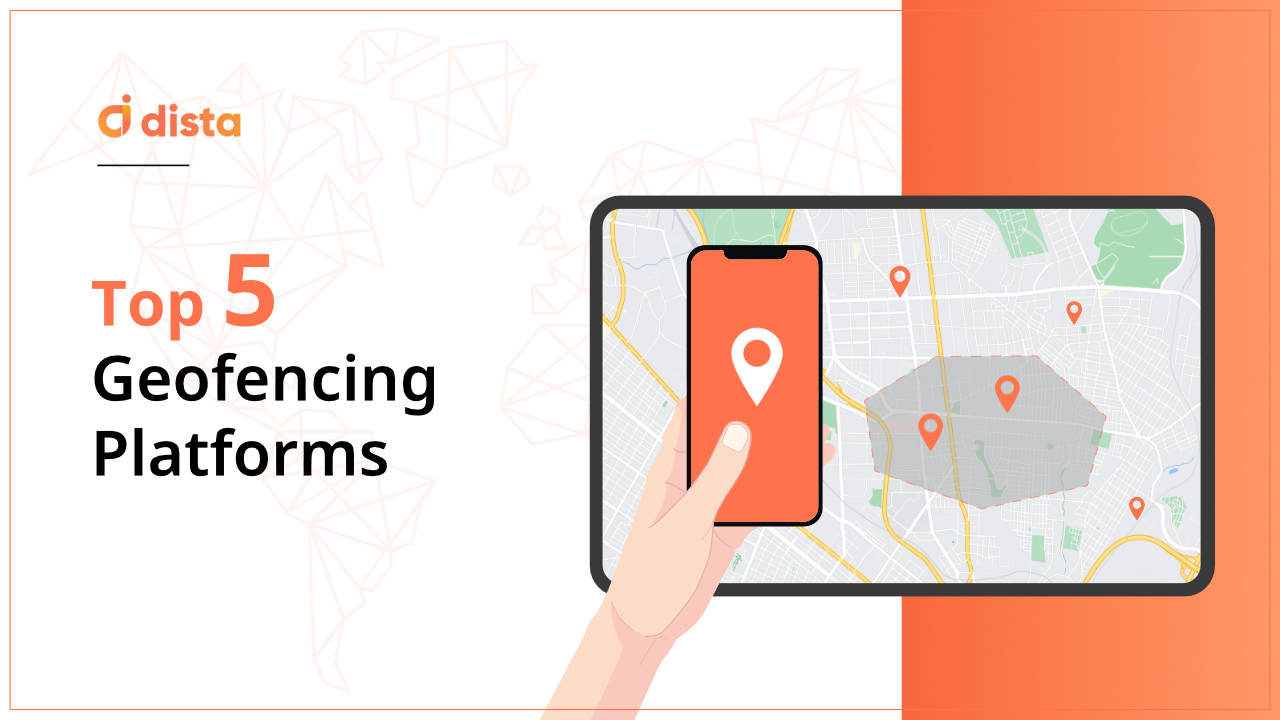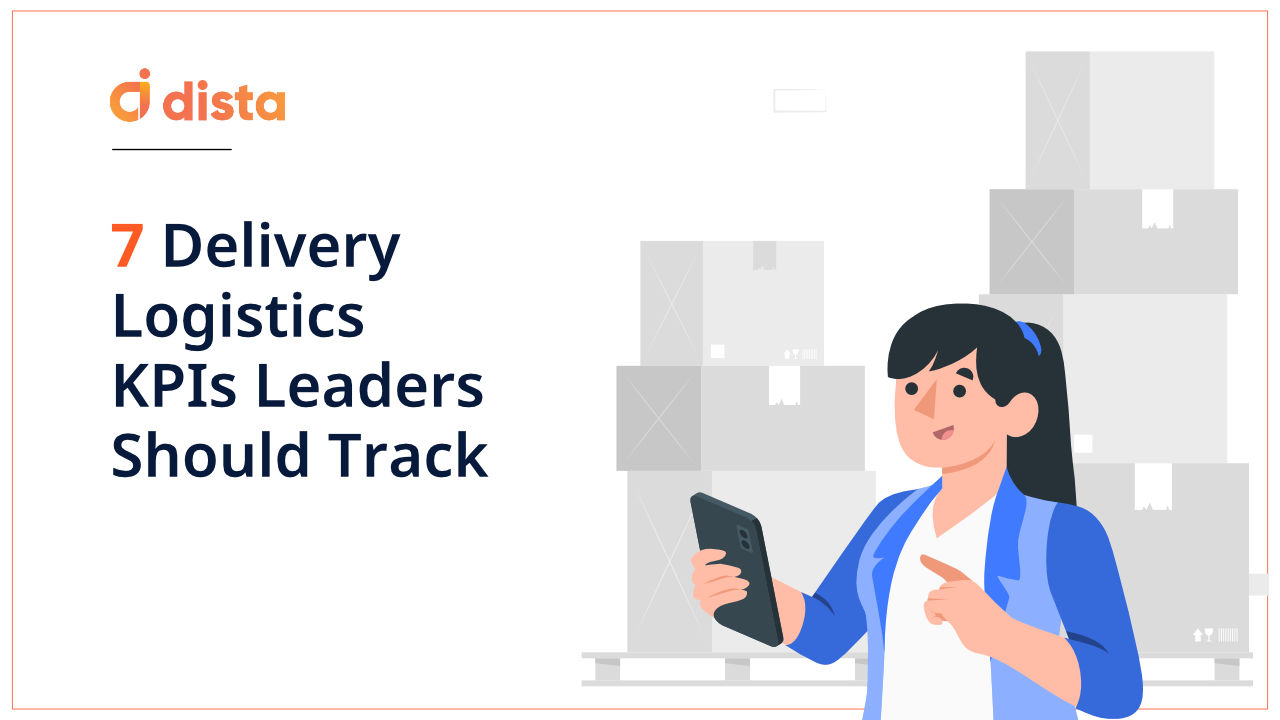Managing first, mid, and last-mile deliveries is a complex task, and it can be pretty challenging to select the right key performance indicators (KPIs) to measure your delivery performance. It is essential to measure your logistics delivery KPI and fix the areas affecting delivery efficiency.
Here are 5 Critical Delivery Management KPIs You Cannot Ignore
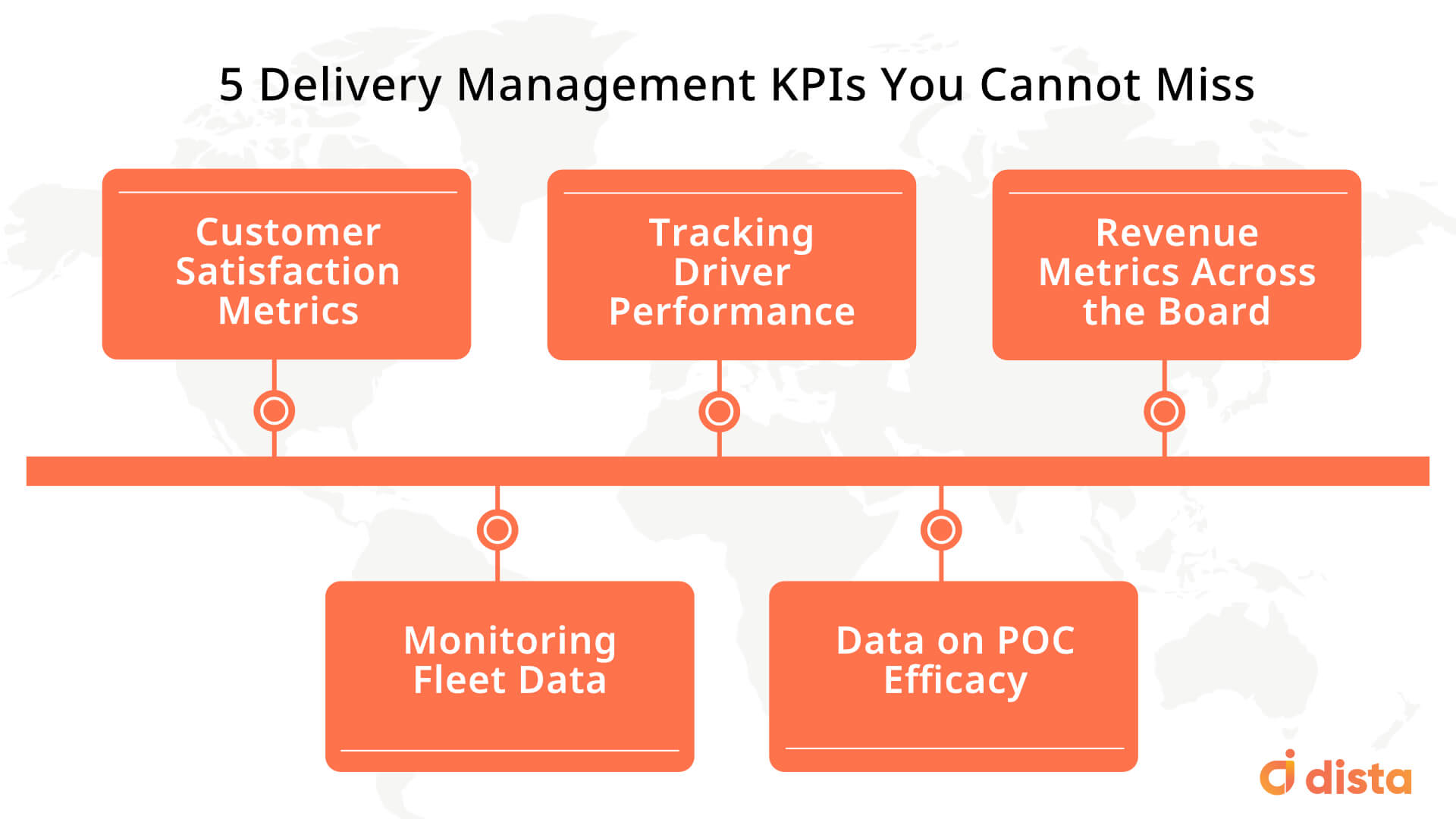
1) Customer Satisfaction Metrics
Do you have an insight into your customer satisfaction score? Do you measure this important KPI that has a significant impact on your delivery business and profits? Are your customers happy with the way you fulfill the orders? Companies fail to track how the customer feels at every stage of their delivery order fulfillment. It is essential to see how they fulfill the delivery to meet customer expectations.
Several factors can impact your customer response, and third-party logistics providers (3PL) usually fail to provide the customer side story. Companies need to collect customer data to see what is doing well and make some changes to improve delivery fulfillment. There can be instances where a delivery partner is unable to maintain the ETA or fails to communicate the same with the customer. A customer may not have the best opinion about your delivery fulfillment, and if you are unaware of this, it will be challenging to improve your delivery management.
Therefore, collecting and aggregating customer data is vital for a delivery business to ensure your delivery system performs well and your customer is happy.
2) Tracking Driver Performance
A lot of your delivery efficiency depends on how your drivers and riders perform on the field. This requires deeper insight than just basic location tracking in the form of deviation reports. A vital delivery metric is knowing where your drivers are spending their time at every delivery level. You can ensure timely deliveries by leveraging route optimization tools. Delays due to traffic are beyond control, but live driver tracking helps you determine how much time the driver is spending on things like loading, on-site, on break, in the warehouse, etc.
KPIs related to driver data can help teams provide more accurate delivery windows and ensure that more deliveries occur on time. This has a direct impact on your customer happiness index. If drivers deliver items on time, you have a happy customer, resulting in repeat business.
3) Monitoring Fleet Data
With businesses growing beyond boundaries, delivery management has also expanded. Companies are catering to customers across multiple regions, which requires fleet management, and there are certain KPIs for delivery managers that can improve delivery efficiency.
The fleet mix a company uses for its delivery management also affects the cost. Especially when it comes to 3PL players, their value creation differs in different areas. The same 3PL fleet provider may provide exceptional delivery in one area and a poor experience in another. A company should monitor this deviation to leverage the best fleet mix that is beneficial to its delivery experience.
Delivery managers need to measure critical KPIs like driver time, time on site, average delivery time (considering average delivery distance), operational costs, and most importantly, customer satisfaction rating to compare fleet performance.
4) Revenue Metrics Across the Board
Another critical metric to evaluate is how your delivery performance affects revenue. Creating a visual dashboard highlighting revenue with delivery times per region and customer satisfaction will provide executives with detailed insight. The drill-down approach enables executives to discover how a specific store or a particular type of fleet performs and its impact on business revenue.
Every component of your delivery management impacts your revenues – be it store, fleet, or rider. Comparing revenue metrics across the board helps gauge what needs to be improved to make income stable and what needs to be tweaked or weeded out. This also helps to understand the difference in revenue attribution from in-store purchases versus online deliveries.
5) Data on POC Efficacy
Measuring the efficacy of your Proof of Concepts (POC) can significantly influence the success rates of a delivery operation. Equip your POC with data measurement capabilities that will help in evaluating its success ratio. Relevant KPIs to track are those related to operational efficiency and performance: on-time delivery, auto dispatch rates, loading time, time on site, orders per driver, and more.
An important KPI to track at the POC stage is to measure the actual adoption rates by the people in the field. Despite all the impeccable planning by the executive team, if your drivers and dispatchers don’t use a POC system as planned, then the data from it – and KPIs based on that data – will be inaccurate, hampering the potential success of the field solution.
How does this POC data help? If the POC has low adoption rates, you can find out what’s wrong with your implementation and fix it in time before going for a full scale-up.
The benefits of measuring business data are several and very powerful. Analyzing your delivery KPIs will not just verify the best-performing spots but also highlight the shortcomings. This helps businesses to take corrective action in time.
Valuable data insights empower the right decision-making, and this is key to business. The right level of data-driven visibility has a three-pronged impact – on internal efficiency, customer satisfaction, and, most importantly, your bottom line.
If you want to scale up the efficiency of your delivery operations, it is essential to define your KPIs and measure their performance. Explore how Dista’s last-mile delivery management can help you measure, track, and improve delivery KPIs.


